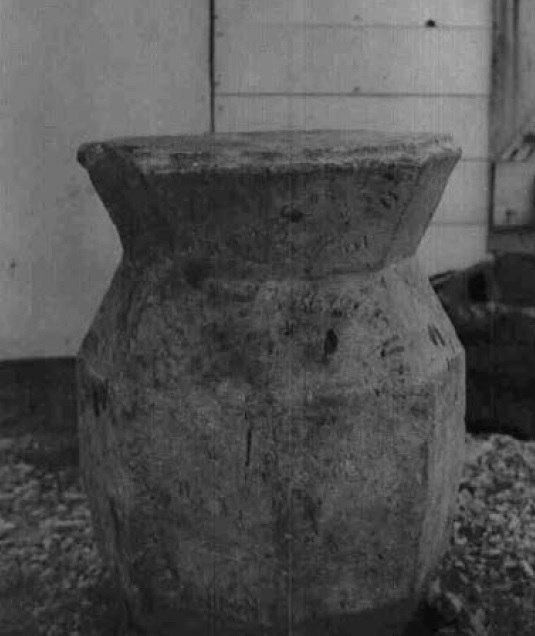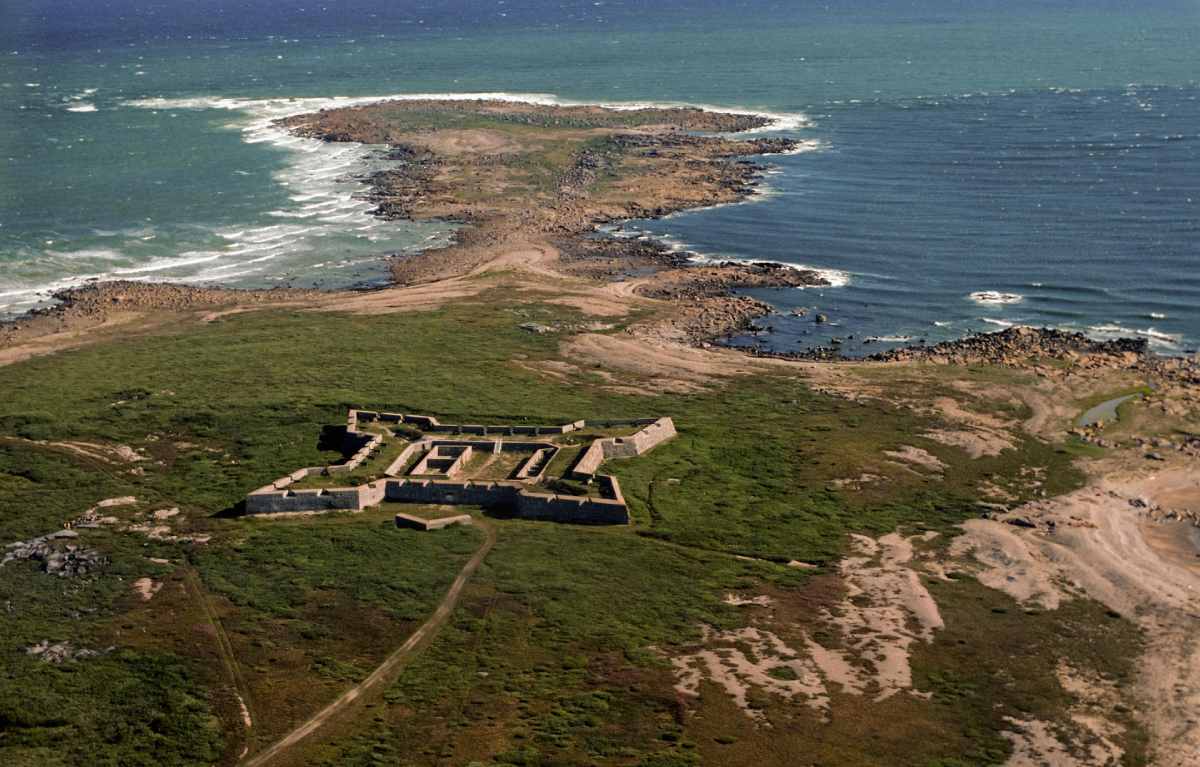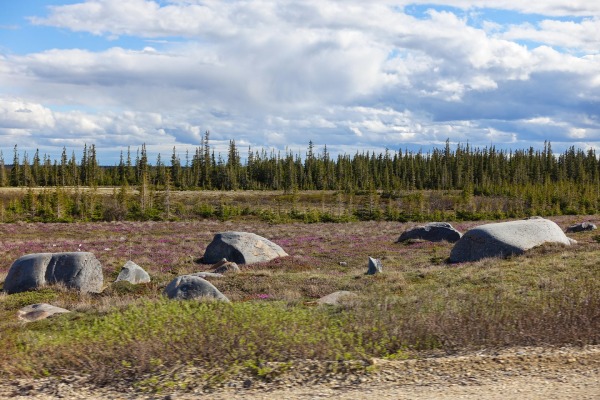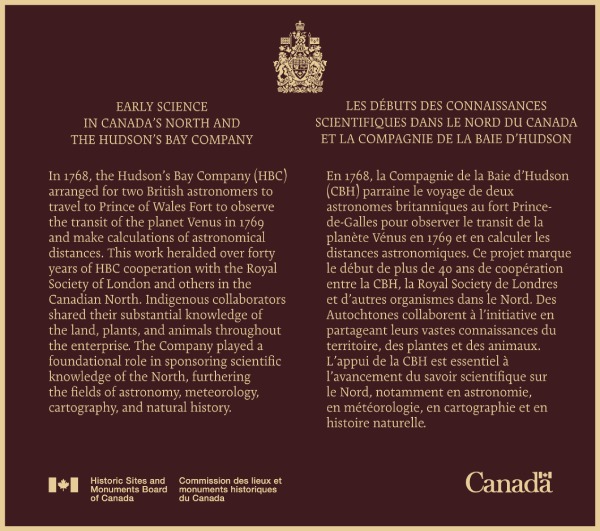Early Science in Canada’s North and the Hudson’s Bay Company National Historic Event (1768-ca. 1810)
Early science in Canada’s North and the Hudson’s Bay Company (1768-ca. 1810) was designated as a national historic event in 2018.
Historical importance: early scientific observations and experiments in the fields of astronomy, meteorology, cartography, and natural history.
Commemorative plaque: Parks Canada Visitor Centre, 1 Mantayo Seepee Meskanow, Churchill, ManitobaFootnote 1
Early Science in Canada’s North and the Hudson’s Bay Company
In 1768, the Hudson’s Bay Company (HBC) arranged for two British astronomers to travel to Prince of Wales Fort to observe the transit of the planet Venus in 1769 and make calculations of astronomical distances. This work heralded over forty years of HBC cooperation with the Royal Society of London and others in the Canadian North. Indigenous collaborators shared their substantial knowledge of the land, plants, and animals throughout the enterprise. The Company played a foundational role in sponsoring scientific knowledge of the North, furthering the fields of astronomy, meteorology, cartography, and natural history.

© Parks Canada / provided by T.C. Felton circa 1958

© Parks Canada
Early Science in Canada’s North and the Hudson’s Bay Company (1768 – ca. 1810)

© Parks Canada / Jeff Bolingbroke
In 1768, the Hudson’s Bay Company (HBC) began its collaboration with the Royal Society of London, a British learned society for science, to facilitate the observation of the Transit of Venus at Prince of Wales Fort in 1769. From this point until ca. 1810, the HBC played a key role in sponsoring scientific endeavours at its trading posts in what is now northern Canada, especially in the fields of astronomy, meteorology, cartography, and natural history. Much of the cartographic and natural history data compiled by the HBC's European employees drew from Indigenous collaborators’ substantial knowledge of the natural history of their territory and of the interdependence of plants and animals. Scientific data compiled through the HBC fur trading posts in northern Canada was actively transmitted to the Royal Society and other scientific institutions, and was incorporated into the growing body of scientific knowledge about the earth’s Arctic and subarctic regions.

Early Western scientific research in what later became Canada’s north began in 1768, when the Royal Society sent astronomers William Wales and Joseph Dymond to the HBC's Prince of Wales Fort in what is now Churchill, Manitoba, for the following year’s observation of the Transit of Venus. Their observations were used to calculate the distance from the earth to the sun within 1% of the current accepted value. This marked a significant milestone in the history of astronomy and in the history of Western scientific endeavour.
Meteorological records collected from the 1770s onward at northern posts constitute the most consistent and extensive weather record in the world. The HBC posts around Hudson Bay were among the chief suppliers of North American natural history specimens to England, the study of which contributed to advancements in understanding animal behaviour and physiology, and to the identification of new species. Furthermore, HBC traders and surveyors produced accurate maps and charts, incorporating Indigenous geographic knowledge, which were then shared with leading European cartographers of the day.
Although much of the credit for scientific achievements went to Royal Society scientists, Indigenous Peoples were vital to many of these scientific endeavours. Indigenous traders at the posts were major contributors of knowledge of natural history and geography, and brought to the posts specimens and information specifically intended for the collectors. The HBC's patronage of northern science waned around 1810 due to a focus on inland expansion. However, the legacy of this work in northern science continues today in the development and orientation of natural scientific institutions, in ongoing northern research, and in international scientific cooperation in the northern circumpolar region.
This press backgrounder was prepared at the time of the plaque unveiling in 2024.
The National Program of Historical Commemoration relies on the participation of Canadians in the identification of places, events and persons of national historic significance. Any member of the public can nominate a topic for consideration by the Historic Sites and Monuments Board of Canada.
- Date modified :